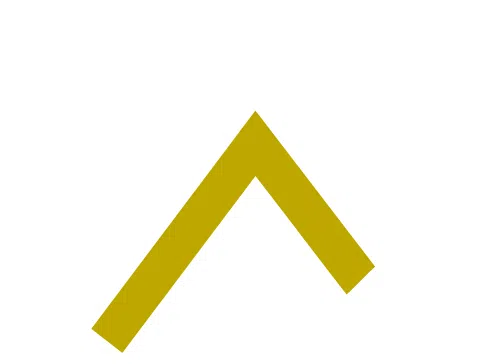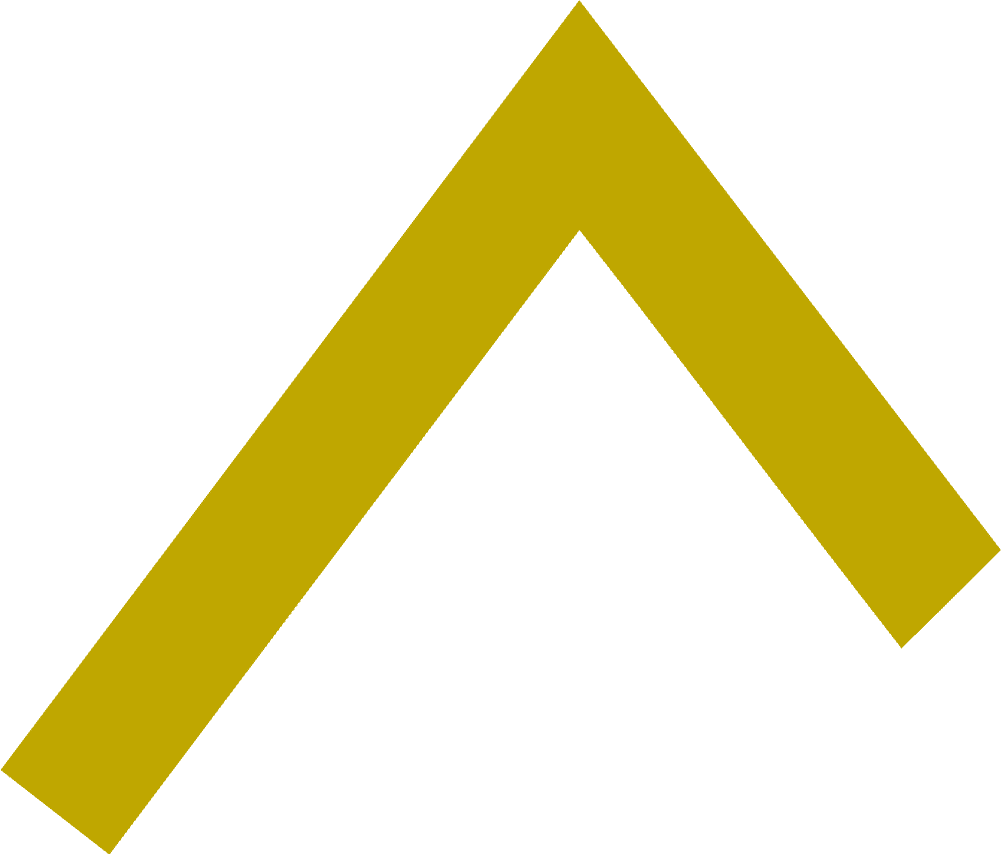Founded in 1977, Public Art Fund is a nonprofit art organization that provides “dynamic, contemporary art for free, for everybody, every day all around New York City.” At our most recent Data + the Greater Good Meetup, Nora Gomez-Strauss, Director of Digital Media at Public Art Fund, joined us to discuss how a “physical museum without walls” measures visitors, engagement, and success.
Unlike traditional art museums and galleries, Public Art Fund is not housed in a physical building. Rather, exhibitions are found all over New York City, in locations such as Rockefeller Center, Flushing Meadows Corona Park, and Brooklyn Bridge Park. Because the organization lacks a singular, centralized location, Public Art Fund has come to rely heavily on digital data in their attempts to understand their audience.
Nora centered her presentation on the 2017 art show Good Fences Make Good Neighbors by Ai Weiwei. This show contained 300 works across all five boroughs across New York City and focused on fences, borders, and the migration crisis.
Nora proposed a number of questions to assess the success of the exhibit:
- How do visitors know that the exhibit belongs to Public Art Fund?
- How can Public Art Fund encourage visitors to interact with this exhibit?
- How can Public Art Fund confirm that visitors are interacting with the exhibit?
Public Art Fund used to depend on word of mouth, letters, or calls to discover how the exhibitions were being received by visitors. But that changed with the rise of the digital. Nora and Public Art Fund could assess the success of Good Fences Make Good Neighbors using digital tools, such as social media and online analytics.
Public Art Fund created an interactive map on their website which allowed users to learn more about the exhibit and identify which works of Good Fences Make Good Neighbors were located near them. This initiative was key to increasing engagement while also creating a clear association between the exhibit and the organization. The website also offered users the opportunity to upload their own answers to the question, “How did your family arrive here?” which tied directly into the theme of the exhibit. Users’ answers were displayed for others to see.
In addition to the website, Public Art Fund saw social media as a crucial indicator of the exhibit’s success. Nora considers social media – specifically Twitter, Instagram, and Flickr – the visitor services arm of Public Art Fund. These tools help the organization know how visitors are interpreting and responding to the exhibitions. For Good Fences Make Good Neighbors, the social media reaction was incredible – high profile names like Dan Rather responded to and shared news of the exhibit via social media, increasing its online visibility substantially.
Likewise, Nora considers the website of Public Art Fund the information desk. She analyzes page views to understand what content users are spending time the most time on, as well as what content is worth investing additional resources into. Public Art Fund also invested in user testing to discover which aspects of the website were successful and which weren’t. This information informed a website revamp, which focused on increasing user engagement.
On social media, Nora analyzes data and insights surrounding reach, audience, and hashtags, among other things. She also uses social media to interact with visitors and answer any questions they have about an exhibit. Nora believes that social media provides a platform for people to comfortably state opinions and ask questions when they may otherwise not do so. As one of her coworkers once said, “Public Art Fund takes away the façade of decency” of museums – allowing people to freely express their opinions. Social media encourages conversation regarding the exhibits, while also providing critical feedback on visitor experience for the organization.
Nora notes that Public Art Fund isn’t necessarily looking for higher numbers regarding reach. Frequently, engagement numbers are more important to her, so she individually monitors each social media post for weeks. She also uses social media to understand what hashtags work and which don’t, which helps inform the hashtags chosen to promote future shows.
Finally, Nora also uses Mailchimp to analyze email performance. Public Art Fund occasionally uses ticketed (but still free) shows or events to grow their subscriber list. With a higher number of subscribers, however, comes a lower open rate, so Nora analyzes the kinds of headlines and content that most encourage people to open emails – emojis in a subject line is one example!
At the end of each exhibition, the communications team pulls together a media report which includes digital and traditional impressions from social media and the organization’s website, as well as newspaper articles, advertisements, etc.. These numbers get reported to the Board but also help provide information for future shows.
Public Art Fund is a wonderful example of how collecting and analyzing data from digital media allows a unique organization to effectively understand and engage their audience. To view Nora’s entire presentation, including her answers to audience questions, click here and to RSVP to future events, visit our Meetup event page.



